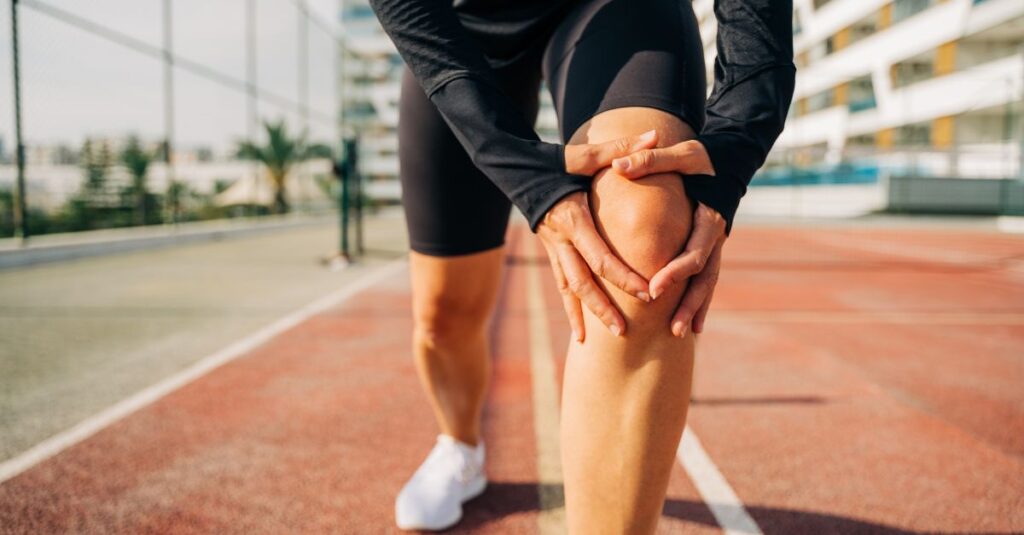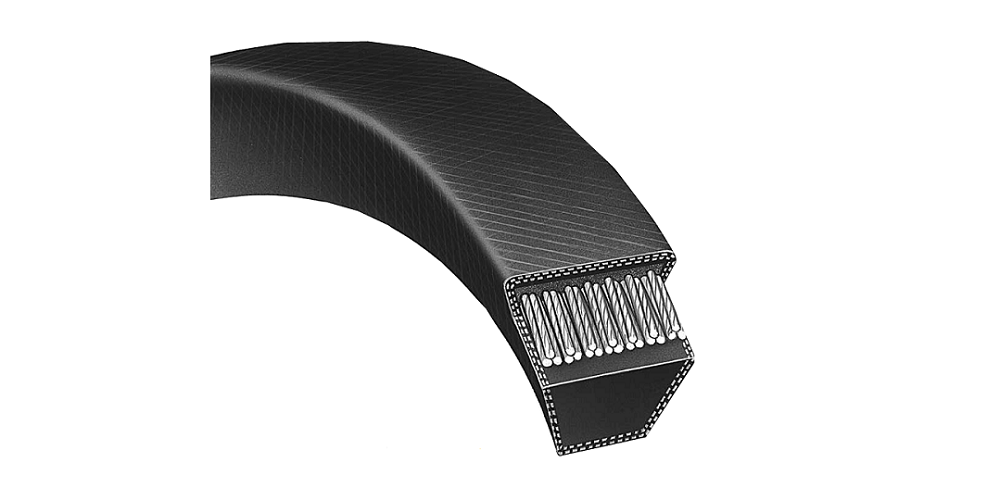The Silent Epidemic Among Athletes
Nearly 70% of recreational athletes will experience an overuse injury this year. These injuries don’t announce themselves with dramatic falls or sudden pain – they whisper first, gradually building until everyday movements become challenging.
The modern fitness culture celebrates pushing limits, but rarely addresses the consequences. A 2024 survey by the American College of Sports Medicine found that 82% of regular exercisers continue training despite early warning signs of injury.
Your determination is admirable, but at what cost? That nagging knee pain during your morning runs could sideline you for months if ignored.
Recognizing the Early Warning Signs
The Body’s Subtle Signals
Pain that appears during activity and lingers afterward is never normal. According to sports medicine experts, this pattern indicates tissue breakdown exceeding your body’s repair capacity.
Sleep disturbances and unusual fatigue may signal overtraining syndrome. Research from Stanford’s Athletic Performance Lab shows that injury risk increases by 38% when athletes report persistent fatigue alongside minor discomfort.
The ability to recognize these warnings could be the difference between a minor setback and a season-ending injury.
Sport-Specific Vulnerabilities
Runners face patellofemoral pain syndrome (“runner’s knee”) at alarming rates, with recent studies showing it affects up to 25% of all distance runners annually. The repetitive impact forces—often exceeding seven times your body weight—gradually overwhelm knee structures.
Tennis players and golfers commonly develop lateral epicondylitis, where microtrauma accumulates in forearm tendons. Nearly 40% of recreational tennis players will experience this debilitating condition during their playing careers.
Swimmers and weightlifters frequently develop shoulder impingements from repetitive overhead movements. Without intervention, these can progress to rotator cuff tears requiring surgical repair.
Form and Technique: Small Changes, Massive Impact
The Biomechanics of Prevention
Improper movement patterns amplify stress on vulnerable tissues. A 2024 analysis in the Journal of Sports Sciences found that correcting running mechanics reduced injury recurrence by 56% compared to rest alone.
The way you stand, move, and position your body creates either protection or vulnerability. Minor adjustments in technique can redistribute forces away from overloaded tissues.
These adjustments don’t require abandoning your favorite activities—just performing them more efficiently.
Technology-Assisted Movement Analysis
Modern motion-capture technology now identifies problematic movement patterns before injuries develop. Many physical therapy practices offer biomechanical assessments using these advanced tools.
Wearable sensors collect data during actual training, providing insights impossible to gather in clinical settings. This real-world analysis enables precise corrections tailored to individual movement signatures.
The investment in proper technique pays dividends through years of pain-free activity.
Recovery: The Missing Piece in Performance Puzzles
Strategic Rest and Active Recovery
High-performing tissues require rebuilding periods. A groundbreaking 2024 study in Sports Medicine found that athletes who implemented structured recovery protocols experienced 41% fewer overuse injuries than those focusing exclusively on training volume.
Recovery doesn’t mean inactivity—it means intentional stress management. Activities like swimming, cycling, or yoga maintain fitness while allowing high-impact tissues to heal.
Your next performance breakthrough might come not from working harder, but from recovering smarter.
Targeted Strengthening Protocols
Muscle imbalances create vulnerability by forcing certain tissues to compensate. Physical therapists identify these patterns through comprehensive assessments.
Corrective exercises specifically target stabilizing muscles often neglected in traditional workouts. Research shows that addressing these imbalances reduces injury recurrence by 65% compared to general strengthening programs.
The strongest athletes aren’t necessarily those who lift the most weight, but those with optimal muscle recruitment patterns.
When to Seek Professional Guidance
Beyond Self-Management
Pain persisting beyond two weeks despite modified activity indicates tissue damage requiring professional assessment. Delayed intervention typically extends recovery timelines by 3-4x.
Movements that once felt natural but now cause discomfort signal compensatory patterns that perpetuate injury cycles. These patterns rarely resolve without targeted intervention.
The expertise of sports physical therapists becomes invaluable when self-management strategies prove insufficient.
The Physical Therapy Advantage
Contemporary sports physical therapy extends far beyond ice and ultrasound. Evidence-based interventions now include blood flow restriction training, instrument-assisted soft tissue mobilization, and neuromuscular re-education.
Therapists design personalized protocols addressing both symptoms and underlying causes. This comprehensive approach consistently outperforms generic rehabilitation in research studies.
Most importantly, physical therapists provide objective measurements of progress, ensuring safe return to activities you love.
Building Lifetime Resilience
The path to injury prevention isn’t about limitation—it’s about liberation. Understanding your body’s signals, optimizing movement patterns, and implementing strategic recovery creates sustainable athletic performance.
The strongest athletes aren’t those who never get injured, but those who recognize vulnerability before it becomes disability. Small investments in prevention yield exponential returns in performance longevity.
Your active lifestyle deserves protection through knowledge, movement quality, and professional guidance when needed.






